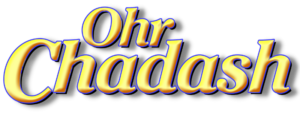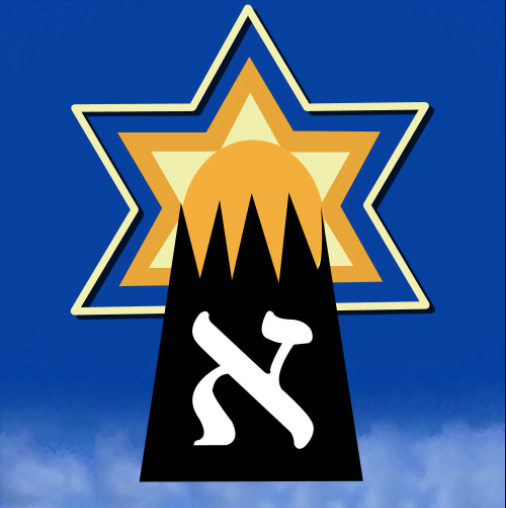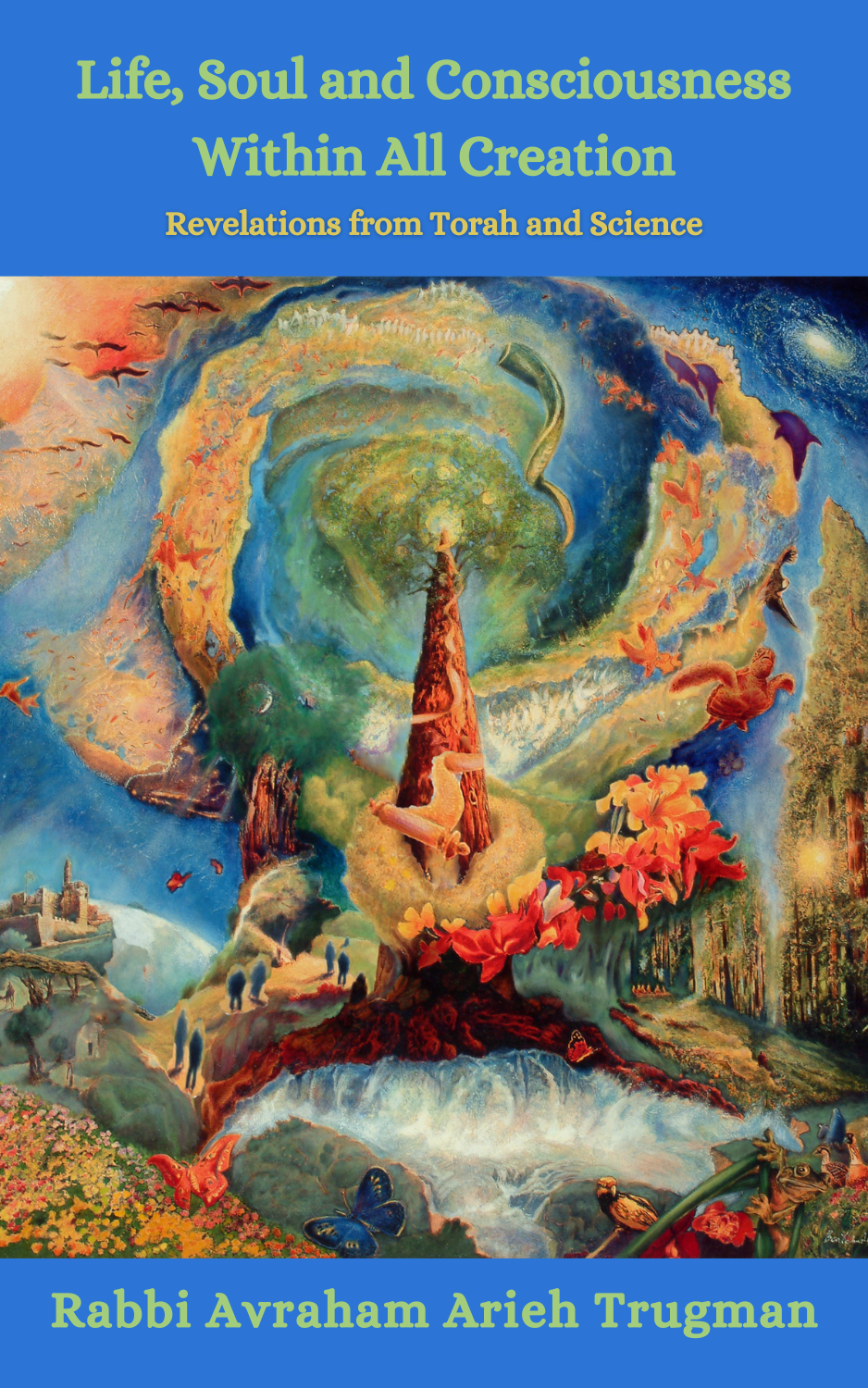The Torah portions of Tazria and Metzora focus primarily on the skin disease called tzara’at, commonly translated as leprosy. The Sages point out that this particular disease was not caused by physiological factors, but rather was the result of various spiritual flaws or sins committed. As a result of these blemishes they were stricken with this disease in order to force them to come to terms with the reasons for the malady and change their ways.
The only disease specifically described at length in the Torah is tzara’at. As we will see, the eternal message taught by tzara’at not only stems from its emotional, psychological, and spiritual causes, but also from the dramatic and transformative healing process the afflicted individual underwent which is described in detail in the next portion Metzorah. The healing process leading to this genuine paradigm shift in relating to the world occupies much of these two portions.
Rabbi Yitzchak Ginsburgh points out that the Hebrew letters chet and lamed, the root letters for the Hebrew word choleh (one who is sick), appear in several words denoting sickness and weakness, including machalah (sickness) and chalash (weak). The word choleh equals 49 in gematria and therefore a direct connection can be made with the 49 days of the Omer period.
We are taught that Israel had fallen to the 49th level of tuma, impurity, while slaves in Egypt. Thus the 49 days of counting the Omer till we received the Torah at Mount Sinai on the 50th day was, and still is, dedicated to daily exchanging one level of impurity for one level of purity, tahara. This cycle is therefore devoted to rectification and healing caused by the existential challenges and obstacles inherent in the human condition.
Ever since the exile of Adam and Eve from the Garden of Eden and the existential fall of consciousness that occurred at that time, all mankind is in need of some level of healing, whether emotional, intellectual or spiritual. In a sense, this malaise comes from an even earlier primordial event when the initial vessels of creation shattered as they could not hold the intense light of creation flowing into them. This is hinted to in the first verse of the Torah which is usually translated: “In the beginning God created the heavens and the earth.” The word for “creation,” bara, is the same root meaning “health.” All the shattered vessels from the previous world make up the physical and spiritual material of this world, therefore the first verse could also be read as, “In the beginning God began to heal.” Many times, when my good friend, Michael Golumb, may his memory be for a blessing, when reciting a blessing for those in need of healing, would mention after a list of sick people the following: “All those who come into the world need a healing.” My mentor and teacher, Rabbi Yitzhak Ginsburgh, teaches that there are three levels of compassion everyone should attempt to emulate. The first is compassion on every soul. This level of compassion is born from the realization that the soul’s descent from its pristine abode above down to this lowly world, full as it is of limitations, challenges and trials is a truly traumatic experience. Next, one should feel empathy and compassion specifically for the people of Israel who have suffered so greatly as they struggle to progress from a state of exile to ultimate redemption. And finally, each person should feel deep compassion for the exile of God’s Presence and His pain and disappointment in what mankind has done to the world He created for them (See Awakening the Spark Within; pp. 68-69).
It is explained in Kabbalah and Chassidut that before Adam and Eve ate from the Tree of Knowledge of Good and Evil their consciousness was in total harmony with God and every aspect of creation. They’re eating from the forbidden fruit was caused by a shift from cosmic consciousness to an egocentric worldview. Afterwards this self-centered process accelerated greatly and it is this level of consciousness that each and every person now has to contend with.
The Torah portion of Tazria always occurs during the 49-day Omer count, and thus alludes to the great opportunity each and every person has to engage in deep introspection that will lead to rectification and healing. The term lev tov [לב טוב], “a good heart,” equals 49, and is the ultimate goal of the spiritual work of the Omer period. A good heart towards others is the healing of the “sickness” of egocentricity. The more we reach out to others and are concerned with the world around us and the great need to be involved in deeds of kindness, the more we are healed and we can heal others.







